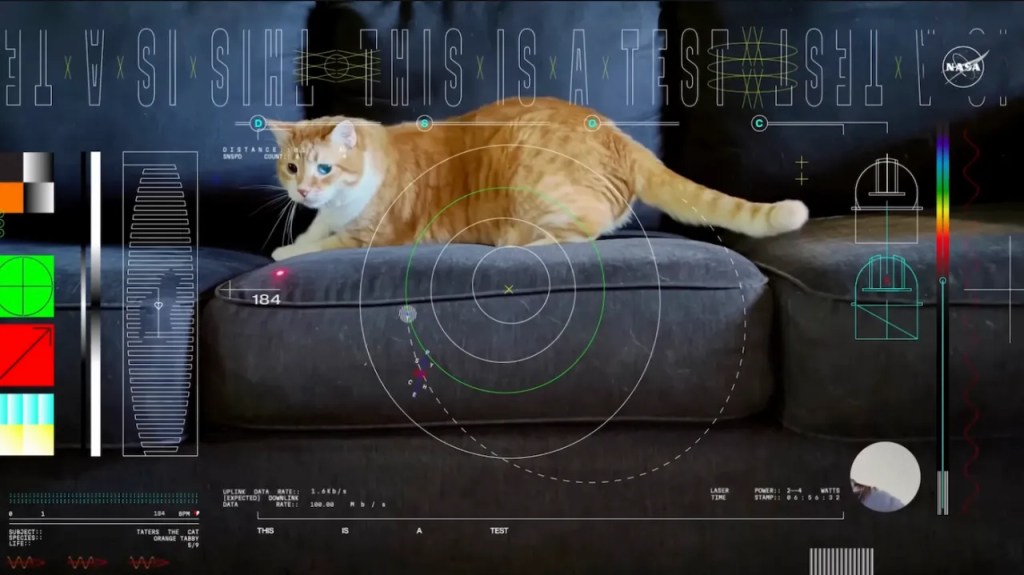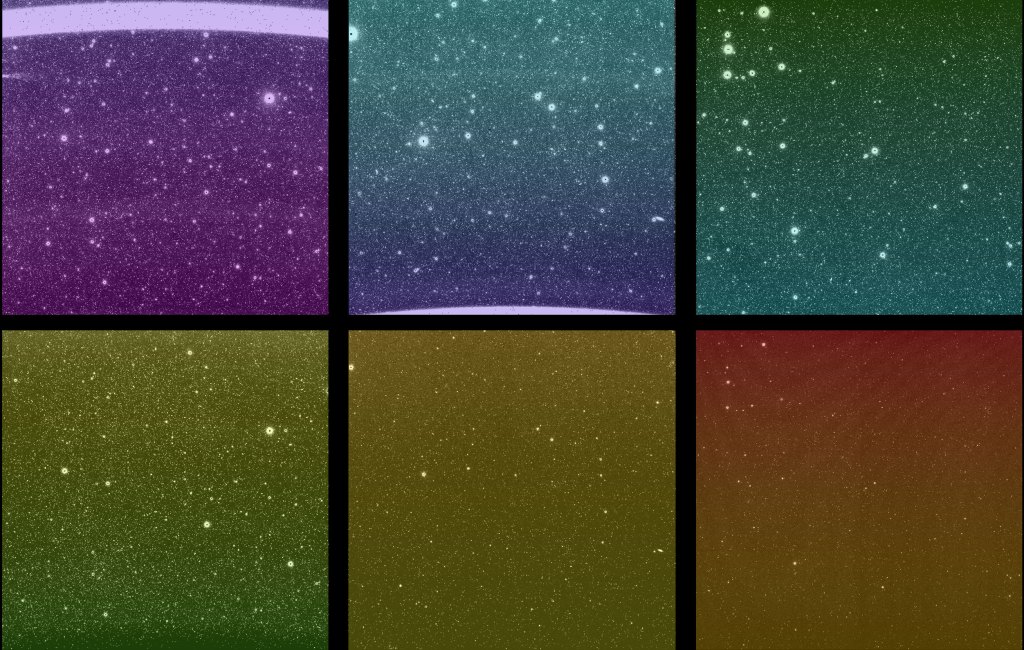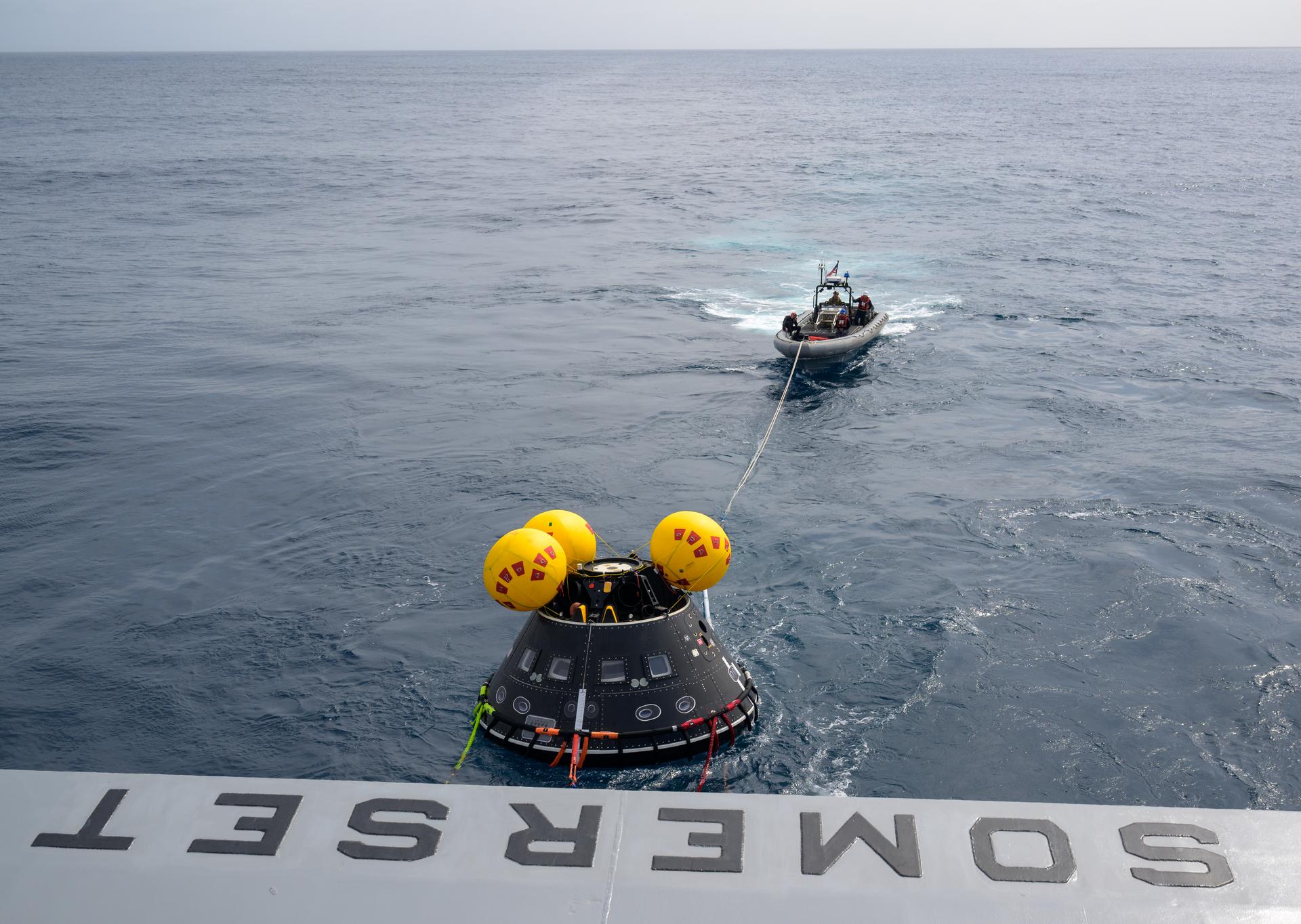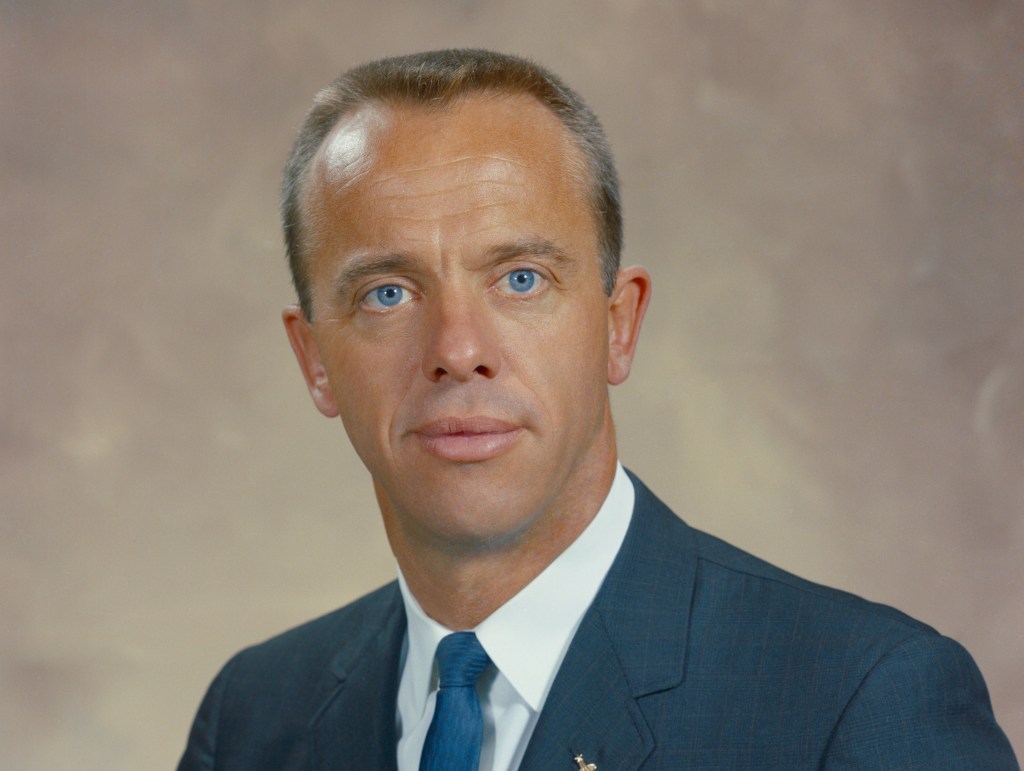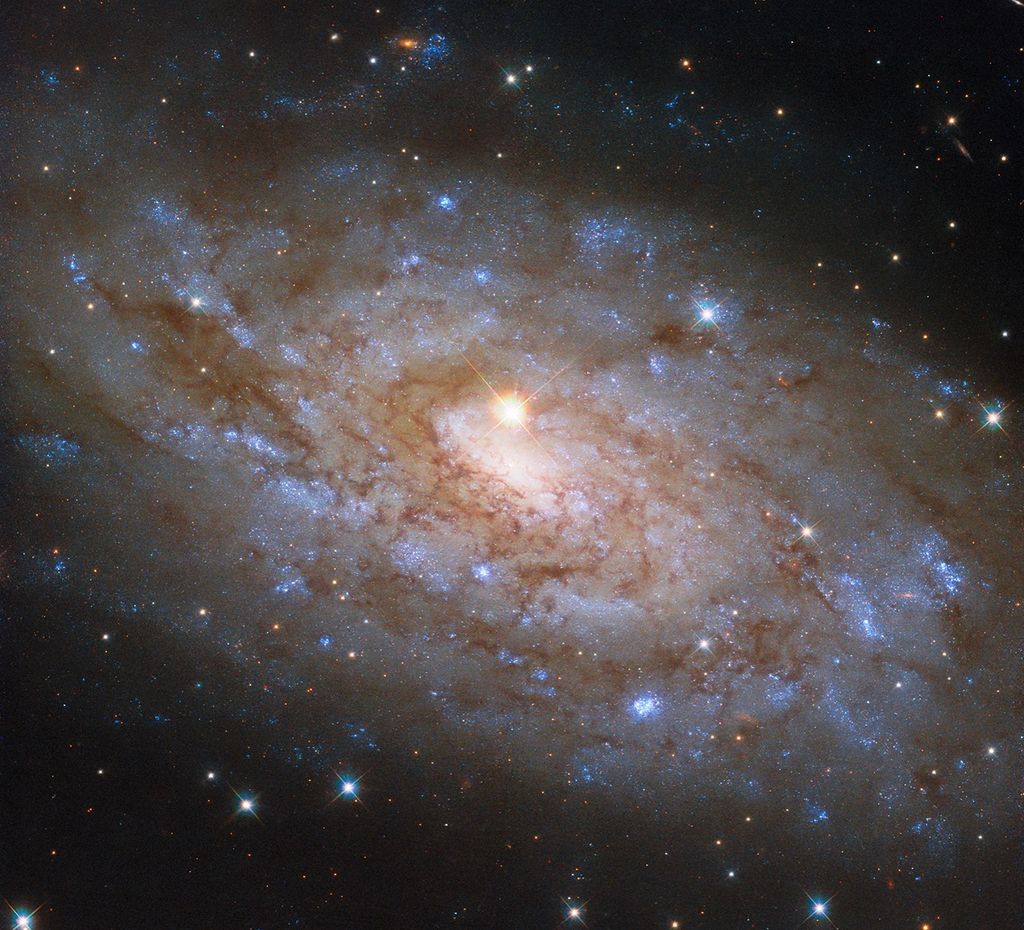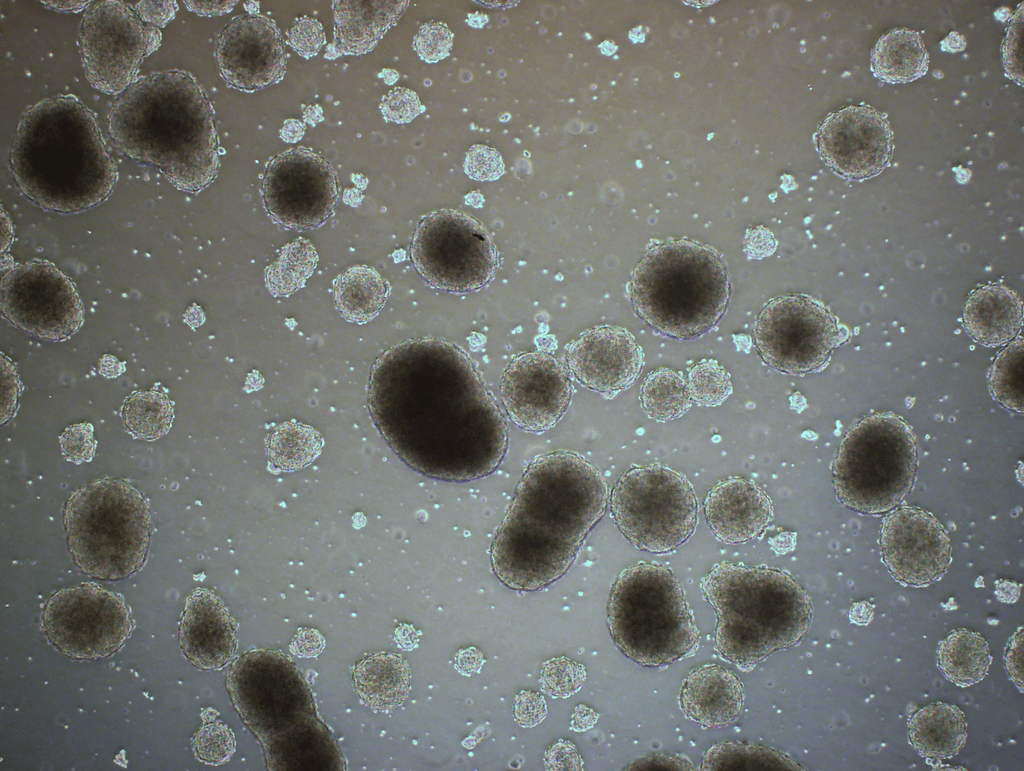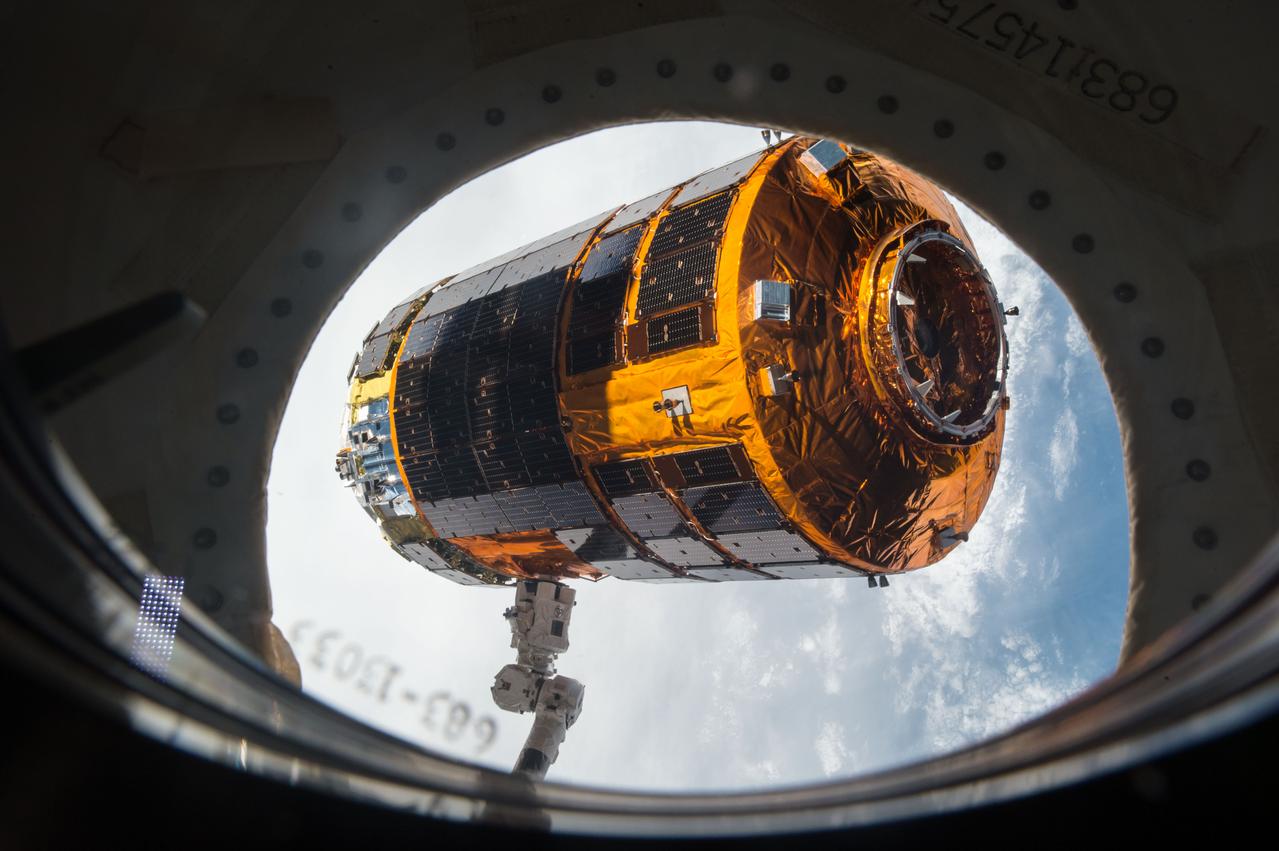After delivering more than five tons of supplies, water, spare parts and experiments to the International Space Station, a Japanese cargo spacecraft is scheduled to depart the orbiting laboratory 11:50 a.m. EST Wednesday, Nov. 7. Live coverage of the spacecraft’s release will begin at 11:30 a.m. on NASA Television and the agency’s website.
Ground controllers will use the space station’s Canadarm2 robotic arm to detach the unpiloted H-II Transfer Vehicle-7 (HTV-7) of the Japan Aerospace Exploration Agency (JAXA) from an Earth-facing port of the station’s Harmony module, then move the spacecraft into its release position. Expedition 57 Commander Alexander Gerst of ESA (European Space Agency) and Serena Auñón-Chancellor of NASA will use the station’s Canadarm2 robotic arm to release the HTV.
A new, small reentry capsule will be deployed from HTV-7 after release. Designed by JAXA and assembled by the station crew, the conically shaped capsule measures 2 feet in height and 2.7 feet in width. The project is a technology demonstration designed to test JAXA’s ability to return small payloads from the station for expedited delivery to researchers. HTV-7 will be a safe distance away from the space station after the last of several deorbit maneuvers before the capsule is ejected from a hatchway. The experimental capsule will perform a parachute-assisted splashdown off the coast of Japan, where a JAXA ship will be standing by for its recovery.
Named “Kounotori,” or “white stork” in Japanese, the unpiloted cargo spacecraft delivered six new lithium-ion batteries and adapter plates to replace aging nickel-hydrogen batteries used in two power channels on the space station’s port truss. Flight controllers already have robotically removed the batteries and adapter plates from HTV-7 and stored them on the space station’s truss. The batteries will be replaced through a series of robotic operations and spacewalks that will be scheduled at a later date.
Additional experiments and equipment delivered by HTV include a new sample holder for the Electrostatic Levitation Furnace (JAXA-ELF), a protein crystal growth experiment at low temperatures (JAXA LT PCG), an investigation that looks at the effect of microgravity on bone marrow (MARROW), a Life Sciences Glovebox, and additional EXPRESS Racks.
HTV-7 will re-enter the Earth’s atmosphere and burn up harmlessly over the South Pacific Ocean Nov. 10.
The spacecraft lifted off from the Tanegashima Space Center in southern Japan on a Japanese H-IIB rocket on Sept. 22 (Sept. 23 in Japan), and arrived at the space station five days later. The cargo spacecraft will have been on the space station for 41 days at the time of release.
Get space station breaking news, images and features on social media at:
and
-end-
Cheryl Warner
Headquarters, Washington
202-358-1100
cheryl.m.warner@nasa.gov
Dan Huot
Johnson Space Center, Houston
281-483-5111
daniel.g.huot@nasa.gov

